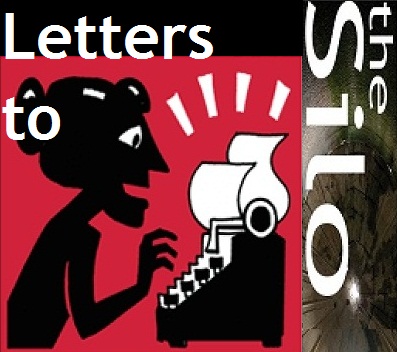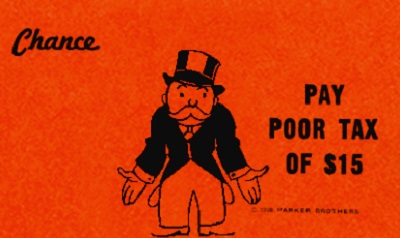 Dear Silo, I kept my Silo printed back issues and I just re-read the January-February 2013 issue of The Silo. I noticed that a few of the articles involve the issue of consent (biogas facility, mega-quarry, dads attending births) and choice (media publications, GMO foods, liquor sales). Freedom of choice and voluntary consent are basic human liberties that we often take for granted.
Dear Silo, I kept my Silo printed back issues and I just re-read the January-February 2013 issue of The Silo. I noticed that a few of the articles involve the issue of consent (biogas facility, mega-quarry, dads attending births) and choice (media publications, GMO foods, liquor sales). Freedom of choice and voluntary consent are basic human liberties that we often take for granted.
In the old printed article, Peter Dash questions the viability of government institutions to meet general needs, and MPP Toby Barrett says it’s high time the Ontario government takes its nose out of business. As the one image on page 13 puts it: “Government didn’t build my business, I did”. Government does not produce. It is usually an expensive and inefficient provider of services. Liquor sales should definitely be opened up to private competition to enable consumer choice. All government services, including health care, education, infrastructure, pensions, security and defense, should compete in a free market. Why should any group of individuals (including “government”) have an imposed monopoly on the provision of any services?
Goods and services should compete in a free market based on price, quality and consumer demand. Any individual should be free to do anything at their own risk and expense that does not adversely affect anyone else, and to negotiate an agreeable price for the purchase of any goods or services that they actually want and use.
Money and power are central to almost every issue. We do not have political freedom or economic freedom because we don’t have – or don’t exercise – monetary freedom. The banks, in collusion with government, essentially control money and credit by controlling the creation, allocation and price of the medium of exchange, which essentially controls the production of goods and provision of services. Money created as interest-bearing debt is always in scarce supply. Inflation is a hidden tax. We are essentially helpless to prevent anything decided for us by the people in government and their friends in big business because we do not control money and credit.
A necessary step, therefore, is to take control of our own credit and allocate it wisely, rather than doing what the controllers of money demand of us. Products and services, including currencies and alternative exchange systems, should compete with each other in a free market. Thomas H. Greco’s recent book, The End of Money and the Future of Civilization, provides an excellent explanation of the nature and function of money and offers a practical alternative to the present system. The Money Fix, a documentary by Alan Rosenblith, also explains the creation of money and its role in the economy. You might find both of these sources informative and interesting.
Sincerely,
K (Name withheld due to request)
“Banks create money. That is what they are there for… The manufacturing process consists of making a pen-and-ink or typewriter entry on a card in a book. That is all. Each and every time a bank makes a loan, new bank credit is created – new deposits – brand new money. Broadly speaking, all new money comes out of a bank in the form of loans. As loans are debts, then under the present system all money is debt.”
Graham Towers, Governor of the Bank of Canada from 1935-1955
Quotes To Consider-
“Money is created when banks lend it into existence. When a bank provides you with a $100,000 mortgage, it creates only the principal, which you spend and which then circulates in the economy. The bank expects you to pay back $200,000 over the next 20 years, but it doesn’t create the second $100,000 – the interest. Instead, the bank sends you out into the tough world to battle against everybody else to bring back the second $100,000.”
Bernard Lietaer, economist and author
“By enabling people to cooperate with one another without coercion or central direction, it reduces the area over which political power is exercised. … The essential notion of a capitalist society is voluntary cooperation, voluntary exchange. The essential notion of a socialist society is force.”
Milton Friedman
“What is the basic, the essential, the crucial principle that differentiates freedom from slavery? It is the principle of voluntary action versus physical coercion or compulsion.”
Ayn Rand
“For in reason, all government without the consent of the governed is slavery.”
Jonathan Swift
“Give to every other human being every right that you claim for yourself – that is my doctrine.”
Thomas Paine



